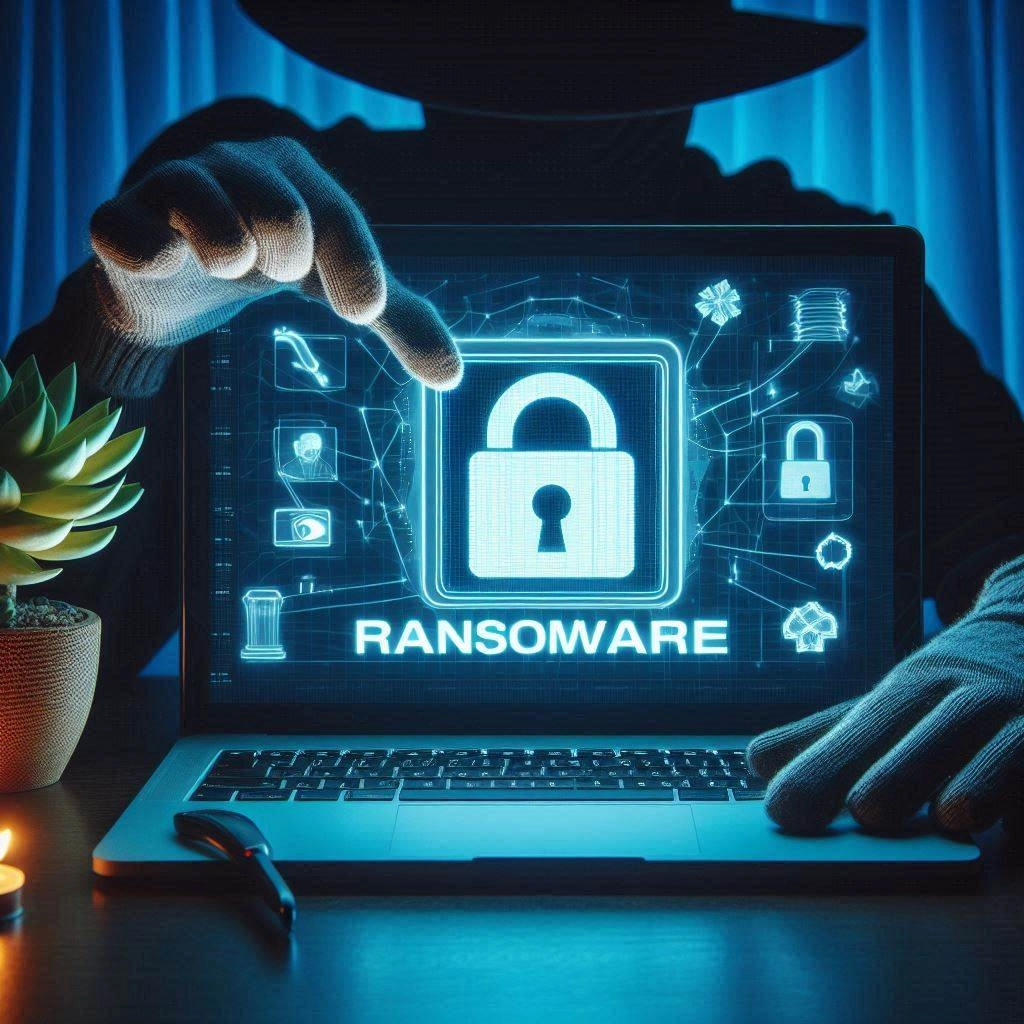Randomware: what is it and how to fight it?

Ransomware — This is a type of malware that seizes access to a user's computer system or files, then demands a ransom (ransom) to restore access or decrypt the files. Typically, a ransomware blocks access to data or encrypts files on an infected computer, and then asks the user or organization to pay a certain amount of money for a key or tool to restore access or decrypt the files.
Today we can say with confidence that the ransomware has moved from the epidemic stage to the endemic stage. It has a greater impact on everyday life than ever before, and no organization is immune. Data from the State of Phishing report for 2022 showed that 68% of global organizations have experienced at least one case of ransomware infection through direct email, delivery of secondary malware (which is installed after a computer is infected) or other types of compromise. If you use the Internet, you are a potential target for ransomware.
Ransomware: more details about the threat
As the range of potential ransomware victims has expanded, so have the business models of cyber criminals. Double and even triple extortion techniques are now widespread. Many ransomware groups, fearing identification and associated criminal prosecution, have completely abandoned the use of blocker malware. Instead, they prefer to steal huge amounts of data and offer it for both sale and destruction.
If the data is already outside your protections, then there is no guarantee that it will return. And even if this happens, they could be sold, disclosed, or used against your company, making it more difficult to decide whether to pay the ransom. More and more organizations are refusing to pay, but this has its drawbacks. The decline in the number of organizations willing to pay is forcing cybercriminals to look for other ways to profit from attacks. In addition, insurers against cyber risks they are increasingly refusing to pay compensation for ransomware attacks.
Cyber crime tools and techniques have been similar for many years - credential compromise, spoofing, malware, user activation, data theft, and so on. Regardless of where the threat landscape is heading in the future, it is clear that treating the major risk categories of ransomware, ransomware, and data loss as separate risk categories is not optimal. In other words, the advantage for defenders is that by making these tools and techniques more difficult for the enemy to use, the situation can be made equally difficult for multiple types of opponents. This means that it is necessary to use a cyber defense concept that is equally effective against different types of threats.
Know the enemy’s weak points – be able to eliminate them
Most attackers follow one script: steal large amounts of data and sell it on the dark web, provided that a ransom is paid so as not to reveal the security incident to the wider public.
Cybercriminals almost always gain or gain initial access to a system using the following approaches:
- Email spoofing provides cybercriminals with the ability to create and send emails that appear to be sent on behalf of another person or organization. By imitating official messages from banks, financial institutions, or other organizations, criminals can entice people to divulge sensitive information such as passwords, credit card numbers, etc. Cybercriminals may attach malicious attachments or links to malicious websites in fake emails.
- Use of remote desktop (RDP), which allows attackers to remotely control the computer.
- Malware that collects authentication tokens, cookies and credentials.
But regardless of the specific tactics, having similar approaches gives organizations a significant advantage when developing a defense strategy. Ultimately, the goal is to stop the same actions, no matter how the attacker monetizes the attack going forward. Understanding this allows you to unify threat protection and information protection, rather than viewing them as two separate tasks with unique sets of controls. Rethinking defenses helps us detect and prevent today's most challenging cyber threats.
Modern protection against all types of ransomware attacks and data theft comes down to protecting people. Malicious programs are almost always delivered through social engineering, and attacks require human consent and cybersecurity incompetence to succeed. Protecting and training employees allows you to strengthen cyber resilience of the company and reduce the risk of successful cyber attacks.
While there is no one-size-fits-all solution to cybersecurity, training employees in basic digital security concepts can help keep threats under control.
Private VPN server: a reliable assistant in matters of cybersecurity
The use of a private VPN server by a company is not a guarantee of complete security, but it significantly reduces the threat of contact with a ransomware by masking the network address and encrypting data.
On Private VPN server you can buy a private VPN server, as well as get detailed information about modern network technologies. Articles about VPN contain a lot of interesting and useful information. Explore this resource to make the best decisions to improve your online security and maintain your privacy at the highest level.